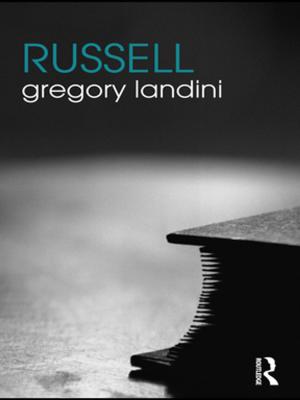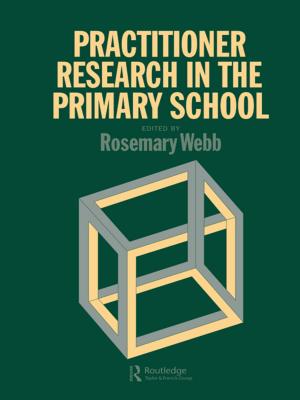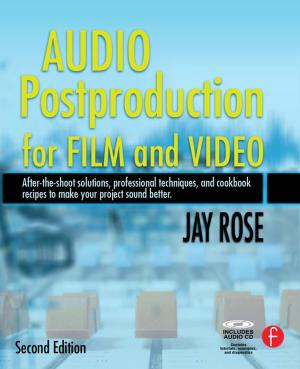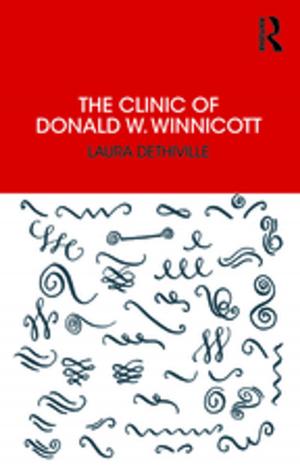Excavations at Dryslwyn Castle 1980-1995
Nonfiction, Social & Cultural Studies, Social Science, Archaeology| Author: | Chris Caple | ISBN: | 9781351194853 |
| Publisher: | Taylor and Francis | Publication: | December 2, 2017 |
| Imprint: | Routledge | Language: | English |
| Author: | Chris Caple |
| ISBN: | 9781351194853 |
| Publisher: | Taylor and Francis |
| Publication: | December 2, 2017 |
| Imprint: | Routledge |
| Language: | English |
"Excavations at Dryslwyn between 1980 and 1995 uncovered a masonry castle, founded in the late 1220s by Rhys Gryg for his son Maredudd ap Rhys, the first Lord of Dryslwyn. The first castle was a simple round tower and polygonal walled enclosure, within which were constructed a kitchen, prison and wood-framed, clay-floored great chamber beside a great hall. In the mid 13th century a second ward was added and the great chamber rebuilt in stone. This castle was greatly expanded in the period 1283-87 by Rhys ap Maredudd, the second and final Lord of Dryslwyn, who built an Outer Ward and gatehouse. He also rebuilt much of the Inner Ward, adding an extra storey to the great hall and great chamber, apartments and a chapel. At the end of the 13th century a large three-ward castle stretched along the eastern and southern edge of the hill while the rest of the hilltop was occupied by a settlement defended by a wall and substantial ditch with access through a gatehouse. This castle and its associated settlement were besieged and captured in 1287 by an English royal army of over 11,000 men following damage inflicted by a trebuchet and mining of the walls. Throughout the 14th century the English Crown garrisoned and repaired the castle, supervised by an appointed constable, before it was surrendered to Owain Glyn Dwr in 1403. During the early to mid 15th century the castle was deliberately walled up to deny its use to a potential enemy and it was subsequently looted and demolished. By the late 13th century, the castle had a white rendered and lime-washed appearance, creating a very dramatic and highly visible symbol of lordship. Internally, the lord's and guest apartments had decorative wall paintings and glazed windows. Evidence from charred beams still in situ, the sizes, shapes and distribution of nails, sheet lead, slates and postholes recovered during excavation has enabled some of the wooden as well as masonry buildings to be reconstructed. Waterlogged deposits had preserved a rich assemblage of seeds, birds, fish and animal bone which reveal evidence of the dining habits of Welsh lords, their guests and household. Of particular interest are the finds associated with the siege of 1287 which include a knop-headed mace, spearheads and armour-piercing arrowheads which indicates that the longbow was the weapon of choice. Damage and repairs to the castle walls correlate with historic accounts while three stone balls recovered by the excavation were undoubtedly thrown by the trebuchet recorded in contemporary accounts."
"Excavations at Dryslwyn between 1980 and 1995 uncovered a masonry castle, founded in the late 1220s by Rhys Gryg for his son Maredudd ap Rhys, the first Lord of Dryslwyn. The first castle was a simple round tower and polygonal walled enclosure, within which were constructed a kitchen, prison and wood-framed, clay-floored great chamber beside a great hall. In the mid 13th century a second ward was added and the great chamber rebuilt in stone. This castle was greatly expanded in the period 1283-87 by Rhys ap Maredudd, the second and final Lord of Dryslwyn, who built an Outer Ward and gatehouse. He also rebuilt much of the Inner Ward, adding an extra storey to the great hall and great chamber, apartments and a chapel. At the end of the 13th century a large three-ward castle stretched along the eastern and southern edge of the hill while the rest of the hilltop was occupied by a settlement defended by a wall and substantial ditch with access through a gatehouse. This castle and its associated settlement were besieged and captured in 1287 by an English royal army of over 11,000 men following damage inflicted by a trebuchet and mining of the walls. Throughout the 14th century the English Crown garrisoned and repaired the castle, supervised by an appointed constable, before it was surrendered to Owain Glyn Dwr in 1403. During the early to mid 15th century the castle was deliberately walled up to deny its use to a potential enemy and it was subsequently looted and demolished. By the late 13th century, the castle had a white rendered and lime-washed appearance, creating a very dramatic and highly visible symbol of lordship. Internally, the lord's and guest apartments had decorative wall paintings and glazed windows. Evidence from charred beams still in situ, the sizes, shapes and distribution of nails, sheet lead, slates and postholes recovered during excavation has enabled some of the wooden as well as masonry buildings to be reconstructed. Waterlogged deposits had preserved a rich assemblage of seeds, birds, fish and animal bone which reveal evidence of the dining habits of Welsh lords, their guests and household. Of particular interest are the finds associated with the siege of 1287 which include a knop-headed mace, spearheads and armour-piercing arrowheads which indicates that the longbow was the weapon of choice. Damage and repairs to the castle walls correlate with historic accounts while three stone balls recovered by the excavation were undoubtedly thrown by the trebuchet recorded in contemporary accounts."















